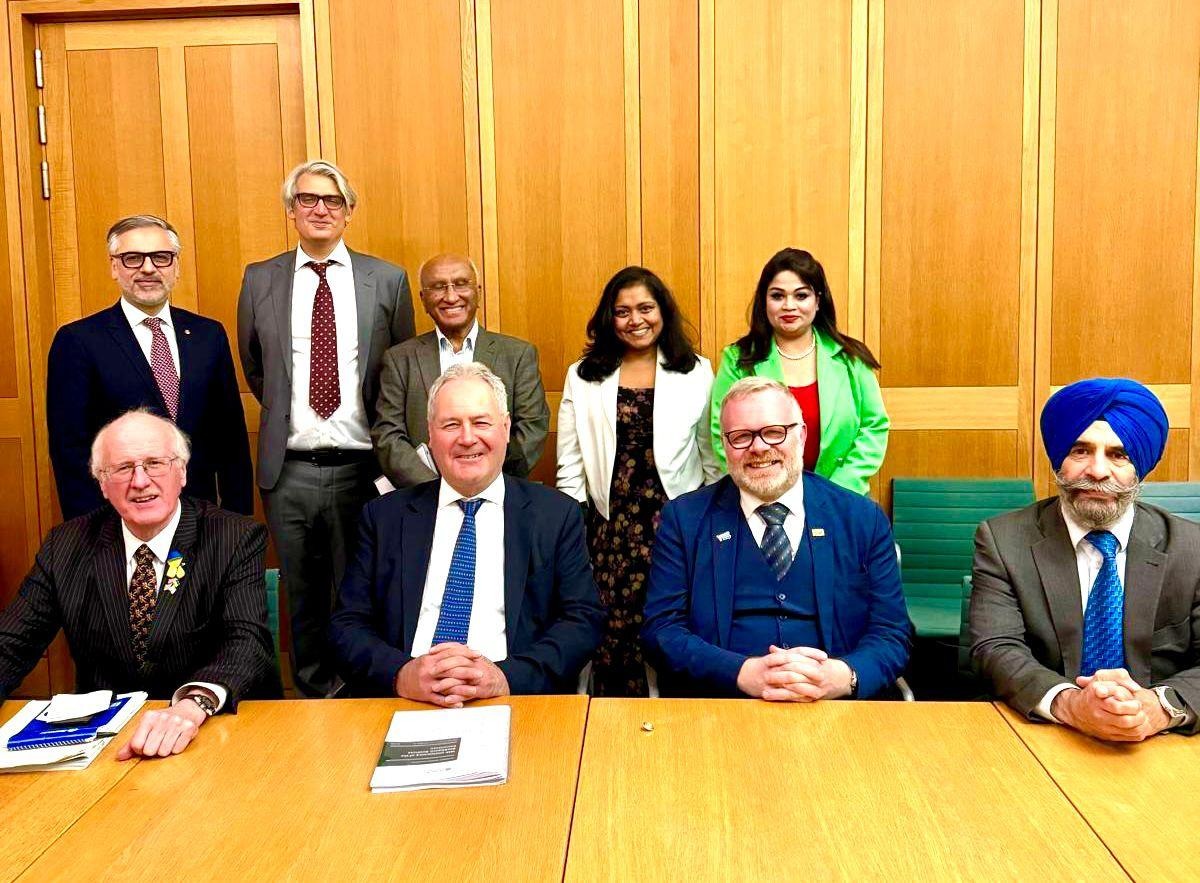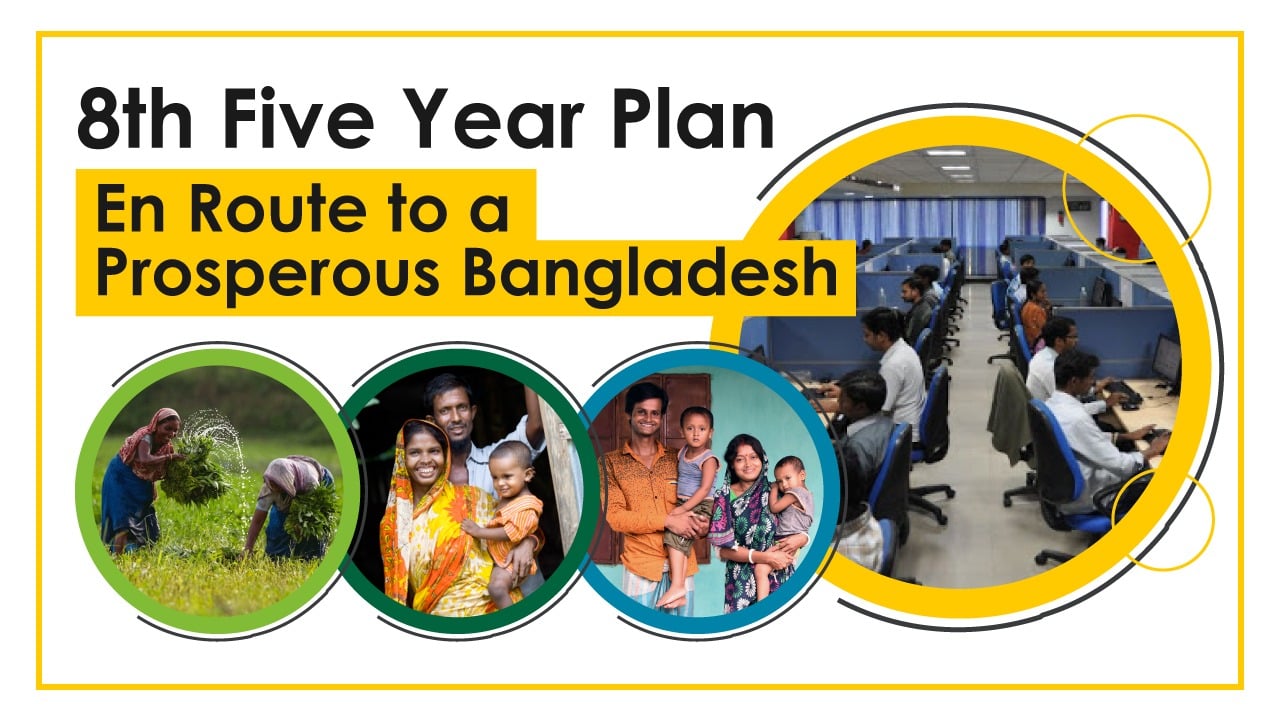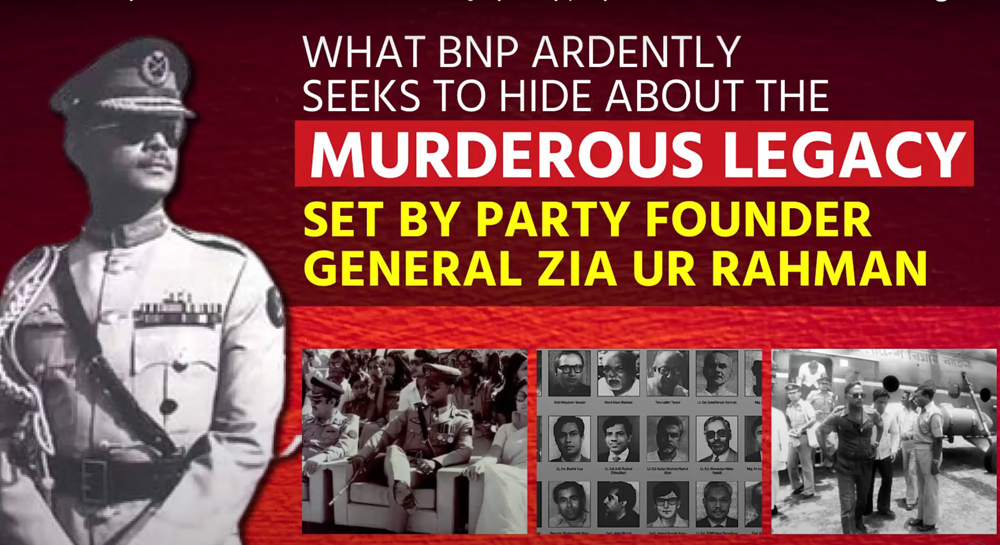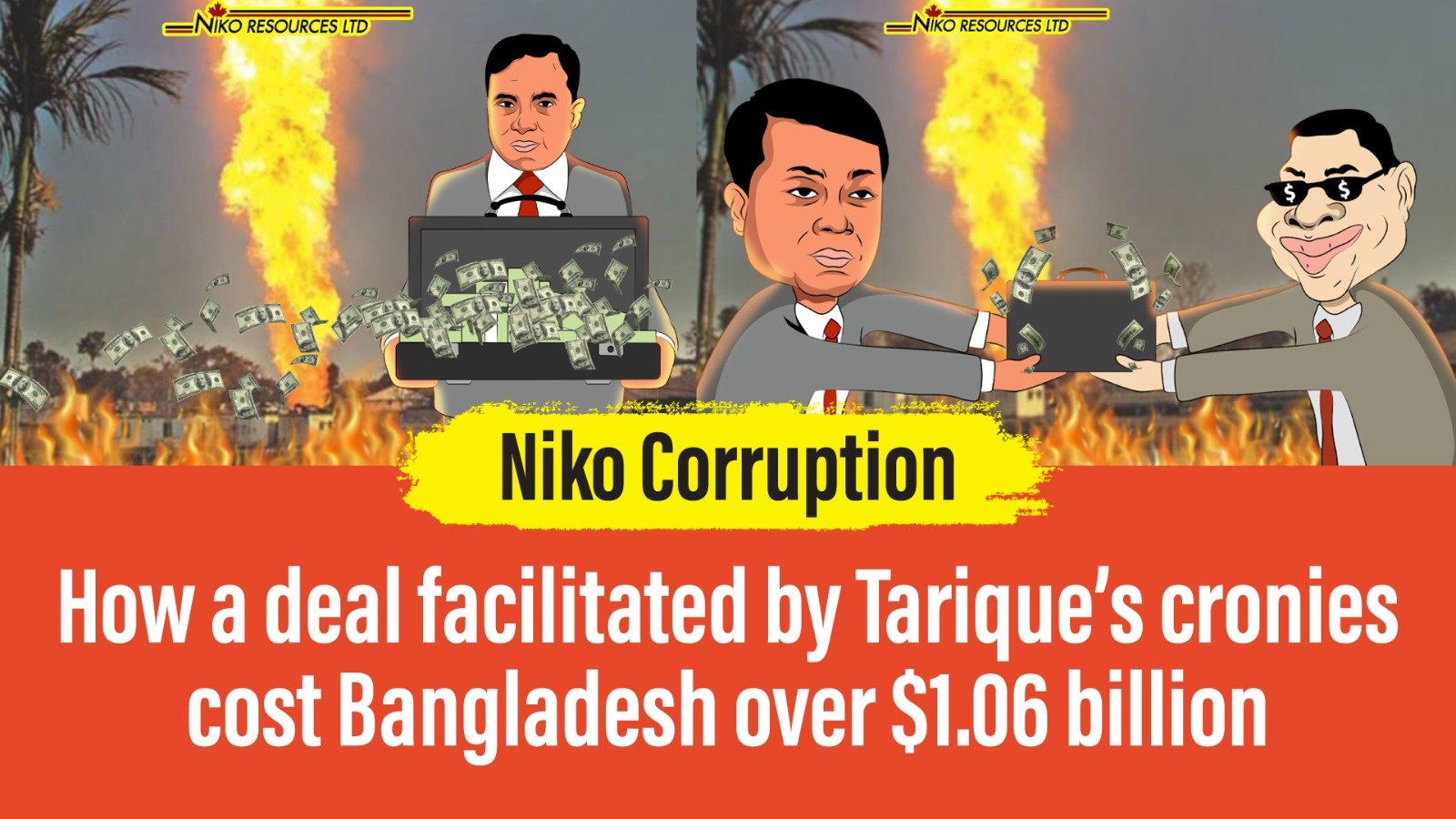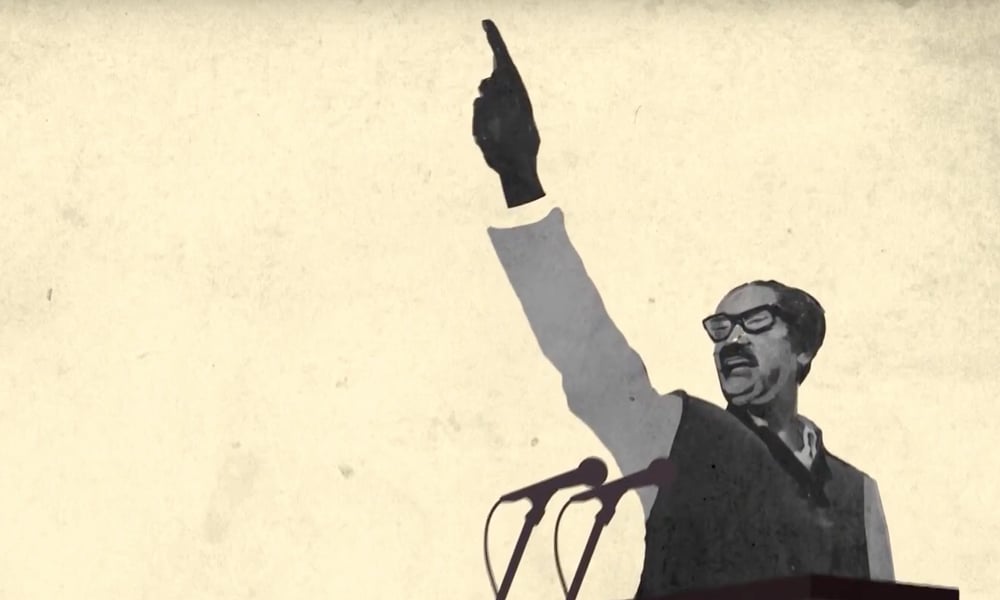2556
Published on August 26, 2021Hiren Pandit:
Prime Minister (the then Leader of the Opposition) Sheikh Hasina and leaders of the Awami League miraculously survived a horrific grenade attack at an Awami League rally on August 21, 2004. However, 24 Awami League leaders and activists including Ivy Rahman were killed. Hundreds were injured. Many have been crippled forever. Some of them never got back to normal life.
If the main leadership of the party, including Awami League president Sheikh Hasina, had been wiped out in the grenade attack of the Islamic militant group Harkatul Jihad that afternoon, it was a terrible outcome for the country. After the brutal assassination of Bangabandhu Sheikh Mujib, it was another horrific incident in the country.
Sheikh Hasina was addressing an AL rally protesting for Sylhet blasts with a call "to end the rule of the government that inspires bomb attacks". Around 25,000 leaders and activists of the party were present there. A shower of grenades followed in the next one and half minutes, with a total of 13 explosions that ripped through the rally premises. Top AL leaders including Suranjit Sengupta, Ivy Rahman, Kazi Zafarullah, Abdur Razzak, A K M Rahmatullah, and Sultan Mohammad Mansur were caught while fleeing supporters as the area vibrated with explosions.
Party leaders and security personnel created a shield over Sheikh Hasina as she ducked on the truck while the grenades missed the truck and landed on either side. She was then immediately huddled into her bulletproof sports utility vehicle as her security personnel fired blanks to clear the way and wheeled her away through gunfire and thick smokes.
The assailants fired seven bullets at Sheikh Hasina's bulletproof vehicle. A bullet punctured the rear wheel of the vehicle and there was a large hole on the rear right side of its windshield. At least three bullets hit the right side of the front windshield, just opposite the front seat where Sheikh Hasina sat. The three-layered bulletproof Mercedes Benz saved her life that day. Around 15 minutes later, some people gathered on the spot but were the first shell shocked to swing into action as they had little idea about what to do.
They sat by the dead and the wounded and cried. Some supporters then brought in microbuses, rickshaw vans, and mini-busses and picked up the injured leaders and workers. The premises matched the set for a post-apocalyptic movie following the attack, with blood, human entrails, blood-smeared party flags, banners, and torn sandals scattered around the premises.
Angry protesters around 6:00 pm torched and threw stones at vehicles chanting slogans against the attackers. Thick black smoke soon mushroomed from about 20 burnt vehicles in Bijoynagar, Purana Paltan Crossing, Dainik Bangla Intersection, Zero Point, Bangabandhu Avenue, Golap Shah Mazar, General Post Office (GPO), and Gulistan areas. Police fired scores of tear gas canisters and charged batons to bring the situation under control.
Another grenade, which did not explode during the attack, went off at 6:27 pm amid rescue operations and police presence in the passage opposite the AL office. Ivy Rahman, former president of Bangladesh Mahila Awami League and wife of late President Zillur Rahman, received grievous injuries in the grenade attack. She lost both her legs in the explosion and succumbed to her injuries later on August 24.
AL Presidium Members Amir Hossain Amu, Abdur Razzak, Suranjit Sengupta, Kazi Zafarullah, Mohammad Nasim, Mohiuddin Khan Alamgir, Sahara Khatun, the then Dhaka City Mayor Mohammad Hanif, Sheikh Hasina's security personnel Salim and Nazrul Islam Babu were also seriously wounded in the attack, among others.
According to Harkatul Jihad leader Mufti Hannan and the militants, it was clear that the main target of the August 21 grenade attack was to assassinate top Awami League leaders, including Sheikh Hasina. From 2004 to 2006 the BNP-Jamaat coalition government also spread such incredible propaganda that the Awami League itself carried out the grenade attack to gain the sympathy and support of the people. They said the grenade attack was carried out in such a way that Sheikh Hasina survived and the coalition government was thrown into an embarrassing situation.
In the Jatiya Sangsad on 15 September 2004, the MPs of the coalition government also addressed a rally of the Awami League on 21 August blaming the Awami League for the grenade attack. They said that they (Awami League) now want to go to power through anarchy after failing to come to power by popular vote. As part of that conspiracy, a grenade attack was carried out at an Awami League rally on 21 August. Then the BNP pointed the finger at the neighboring country India besides the Awami League for that brutal murder.
The BNP-Jamaat coalition government tried to convince the people that the grenade attack was planned by the Indian intelligence service. The false information was also spread in the pro-coalition newspapers quoting the four-party coalition government and intelligence sources.
Writers and intellectuals supporting the BNP-Jamaat alliance government also spoke in the same tone at the meetings and seminars, writing columns in newspapers and helping to spread that falsehood. But now the BNP leadership is silent when the truth of the grenade attack on August 21 is revealed. They don't say anything else about it.
The grenade attack on August 21 to assassinate Sheikh Hasina and the Awami League leadership, it is hard to believe how an elected government and leadership can shamelessly destroy their opponents. Awami League President Sheikh Hasina by throwing a grenade.
Though the leaders and activists made a human shield to save her, 24 leaders and activists including the then-president of Mahila League Ivy Rahman and Sheikh Hasina's bodyguard died in this horrific, terrible, and brutal grenade attack. Although Bangabandhu's daughter miraculously survived that day, her two ears and eyes were severely damaged. Irreparable damage is done to her hearing. She miraculously returned from the brink of death.
Sheikh Hasina was the President of the Awami League and the Leader of the Opposition in the Jatiya Sangsad. Protest processions and rallies were organized in front of the party's central office on Bangabandhu Avenue in protest of the BNP government's anti-terrorism and anti-corruption activities. The rally was going on by setting up a temporary stage in a truck. Witnesses said Sheikh Hasina arrived at the rally around5 pm. She got out of the bulletproof vehicle and climbed onto the temporary stage surrounded by security personnel and party leaders.
Sheikh Hasina started her speech at 5:02 pm. At the end of the 20-minute speech, at 5:22 pm, she was leaving the mike while folding a piece of paper saying 'Joy Bangla', 'Joy Bangabandhu'. Just then a journalist asked her to give a pose for the photo. Then Sheikh Hasina turned around again.
At that moment, a grenade was hurled at her from the south. As soon as the grenade fell on the left side of the truck and exploded, Sheikh Hasina sat on the truck. The other leaders who were with her made a human shield and surrounded her. Within seconds of the first grenade attack, two more grenades were fired from the same direction at the truck. 13 huge explosions took place between 5:22 pm and one-and-a-half minutes apart.
Then the then president of Dhaka Metropolitan Awami League late mayor Mohammad Hanif and general secretary Mofazzal Hossain Chowdhury Maya, Awami League central leader AFM Bahauddin Nasim, security officer Major (retd) Shoaib, personal staff Najeeb Ahmed and bodyguards grabbed Sheikh Hasina and quickly got her off the truck. She put in the Mercedes Benz car.
Witnesses said Awami League activists erupted in anger that day after overcoming the initial shock of the blast. Outraged workers started protesting in the streets. Meanwhile, after the incident, the movement of vehicles and horses was stopped. Fires are seen burning in many places. Police then fired tear gas to disperse the protesters.
Writer: Research Fellow, Bangladesh NGOs Network for Radio and Communication, BNNRC
Source: Daily Asian Age
